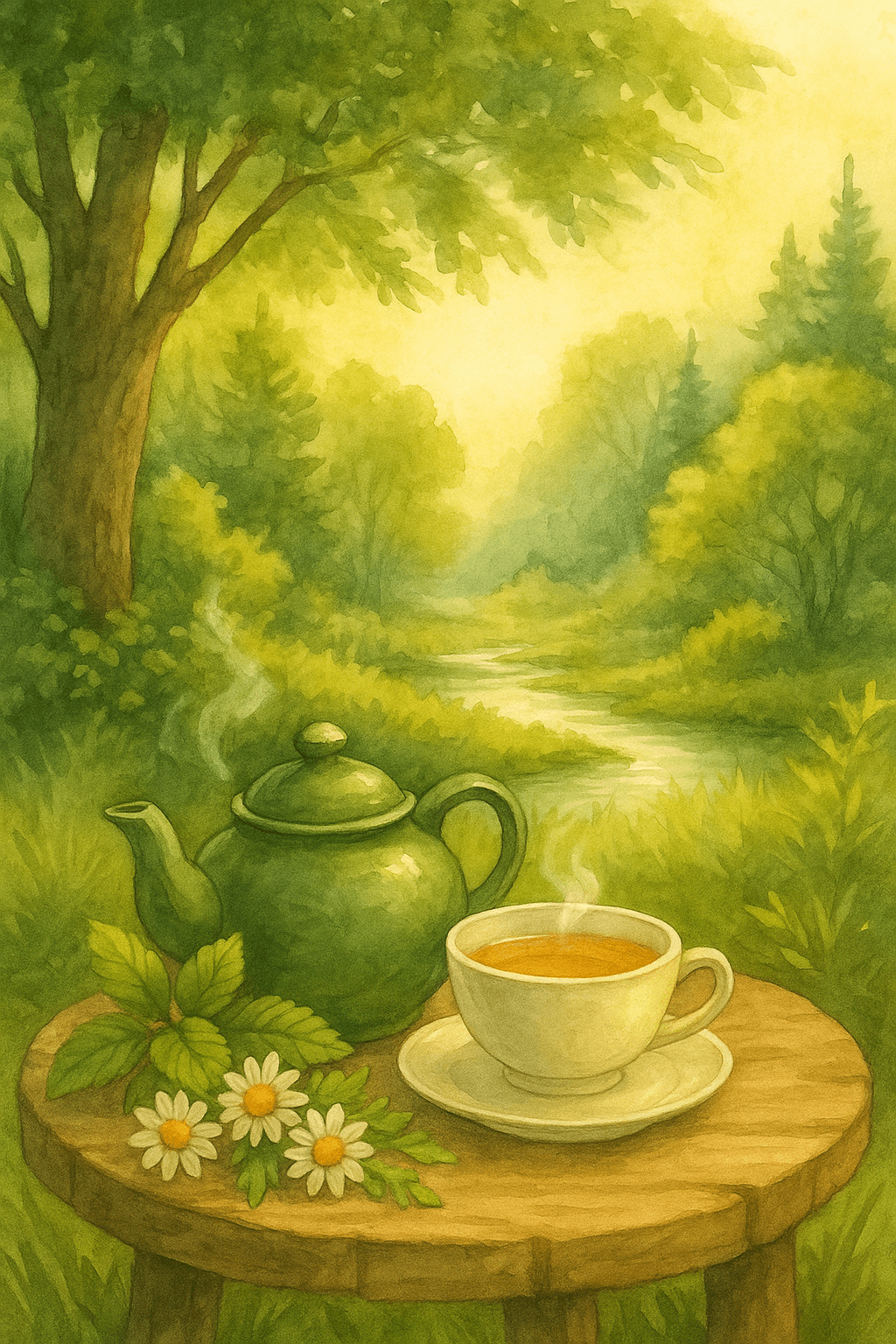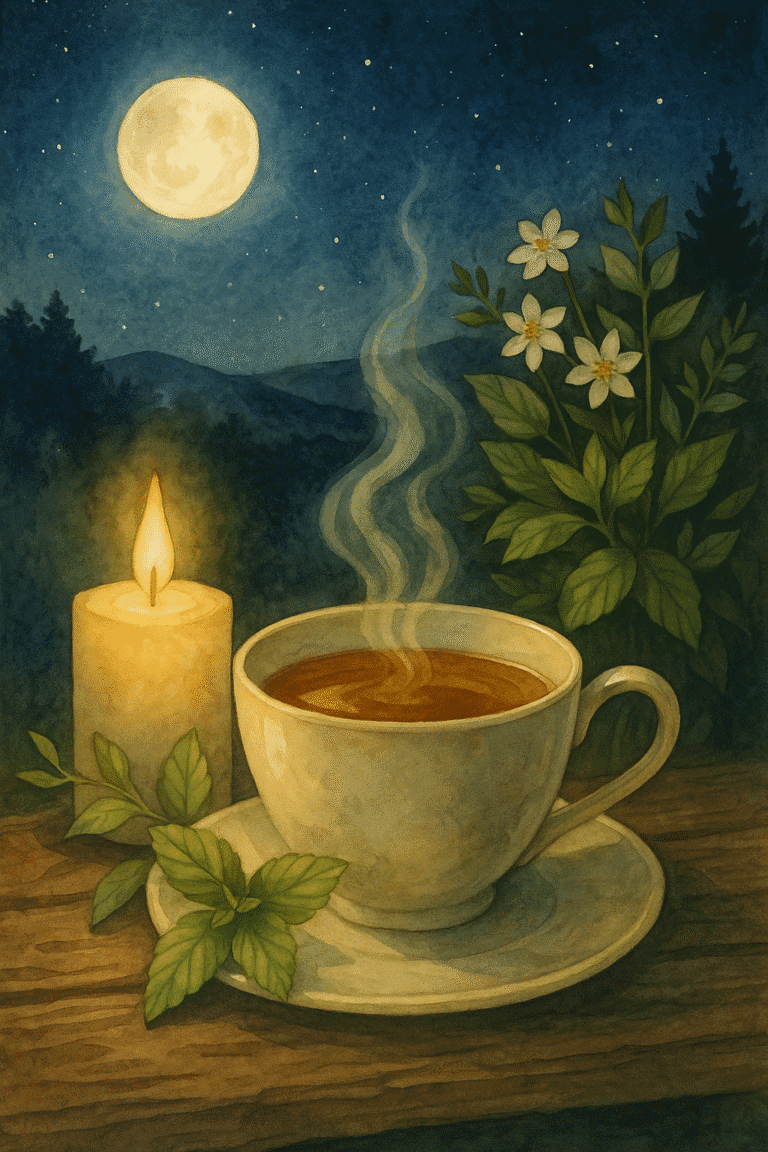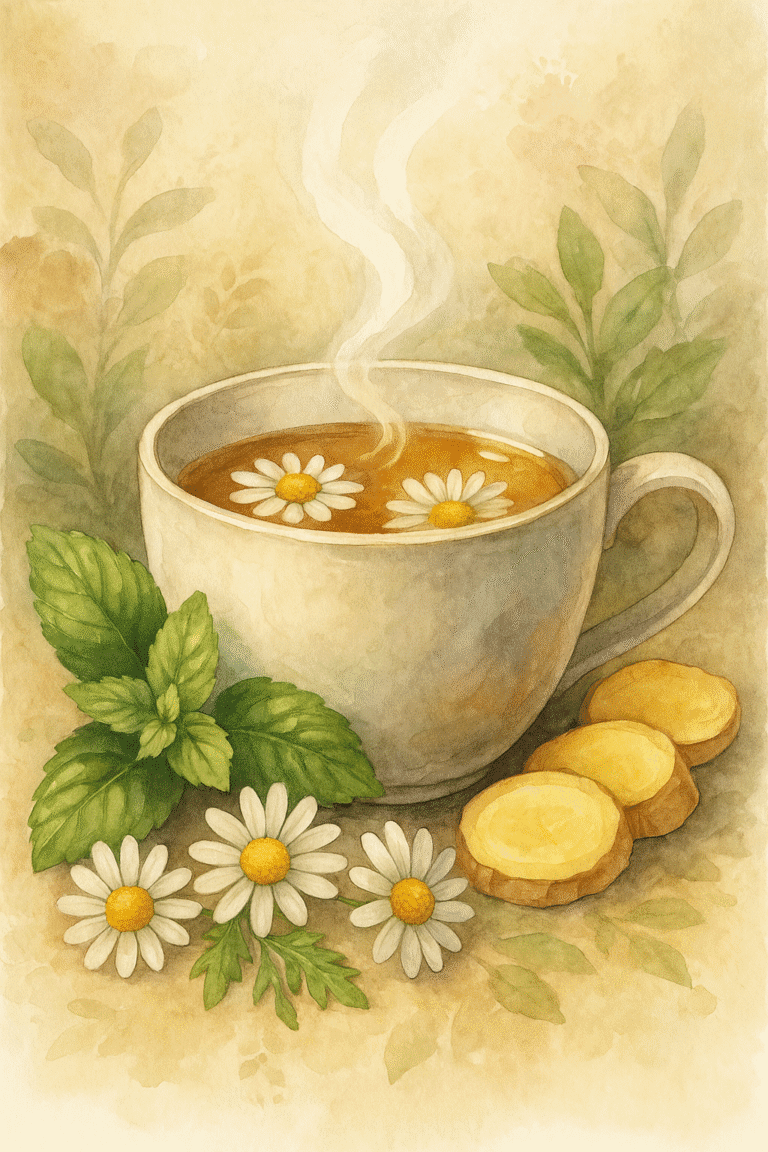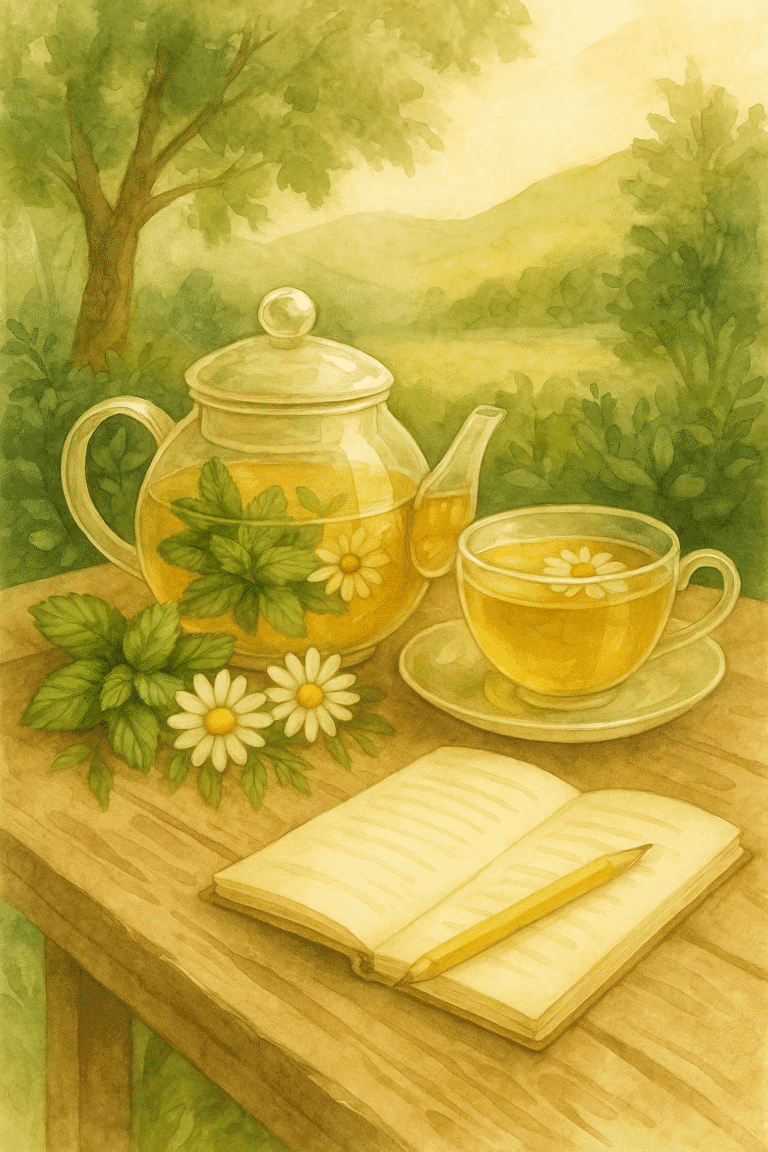Tea as a Seasonal Practice: Aligning with Nature’s Cycles

Tea as a Seasonal Practice: Aligning with Nature’s Cycles
Nature moves in rhythms — and so do we. By aligning our tea choices and rituals with the energy of each season, we support our health, mood, and vitality in subtle but powerful ways. This article explores how to drink tea in tune with spring, summer, autumn, and winter.
Spring: Renew & Awaken
Spring is a time of renewal. After the heaviness of winter, our bodies crave movement, lightness, and gentle cleansing.
This is the season for teas that support the liver and digestion — think nettle, dandelion leaf, lemon balm, or young green teas.
Try sipping a fresh infusion in the morning, ideally outdoors, to awaken your senses and align with spring’s upward energy.
Summer: Cool & Calm
In the heat of summer, we naturally seek cooling, hydrating, and calming herbs.
Peppermint, hibiscus, rose, and spearmint are beautiful companions. Prepare your tea and let it cool slightly, or even enjoy it chilled with slices of cucumber or berries.
This is a wonderful time to enjoy tea outside — under trees, near water, or in the soft light of morning.
Autumn: Ground & Nourish
As leaves fall and temperatures drop, we turn inward. Autumn is a time for grounding herbs like rooibos, cinnamon, ginger, and licorice.
These blends offer warmth and support immunity as we adjust to shorter days. Brew your tea slowly, perhaps in a clay pot,
and take time to savor it with both hands wrapped around the mug.
Winter: Deepen & Restore
In winter, the world rests. Our bodies benefit from deep nourishment, warmth, and quiet.
Consider teas with adaptogens like ashwagandha, or mineral-rich roots such as burdock or marshmallow.
Spice blends with clove, cardamom, and black tea can also offer comfort. Light a candle, wrap in a blanket, and drink slowly — allowing the silence of winter to enter your body.
Tips for Seasonal Tea Practice
• Keep a small tea journal — note how your body responds to each season’s blends.
• Buy herbs from local or ethical sources when possible.
• Blend your own season-based teas for deeper connection.
• Adjust temperature, timing, and ritual depending on climate, daylight, and how you feel.
More than Just a Beverage
Seasonal tea drinking isn’t about rules. It’s about listening. What does your body want in summer’s heat? What comforts you in winter’s stillness?
Tea becomes a way to tune in. It softens the barrier between you and the outside world.
And it teaches us what it means to live in harmony with time — not rushing through it, but steeping in it.
As the seasons change, let your cup change too. The tea you drink can be a reflection of the earth’s rhythm — and a quiet promise that you are moving with life, not against it.


